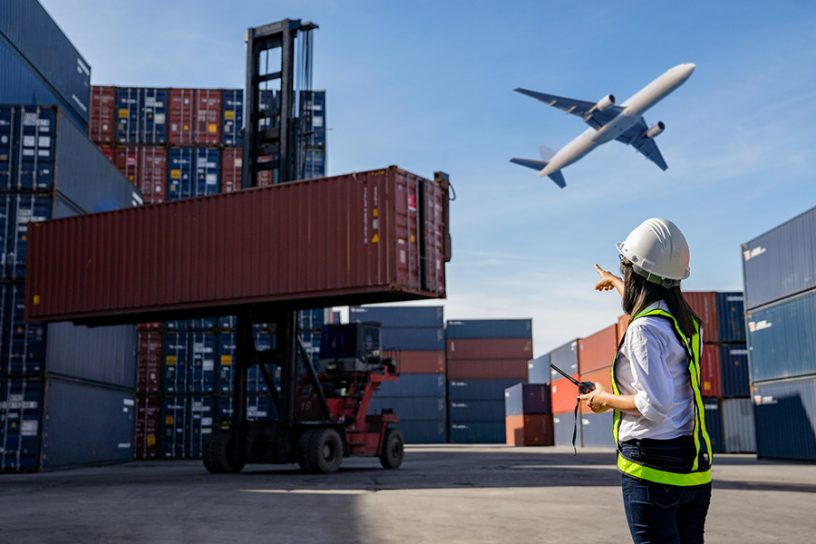
The study finds that from 2004 to 2021, India’s average export potential was positive with three countries (Pakistan, Bangladesh, and the Maldives) and negative with four countries (Nepal, Sri Lanka, Afghanistan, and Bhutan).
Authors
Vipin Sharma, University School of Business, Chandigarh University, Mohali, India.
Anand Sharma, Associate Professor, Jindal Global Business School, O.P. Jindal Global University, Sonipat, Haryana, India.
Summary
There is a consensus in the literature that higher exports are associated with increased economic growth, productivity, and employment. This paper attempts to analyze India’s export potential in the South Asian region following the South Asian Free Trade Area (SAFTA) agreement. Using panel data, an augmented gravity model analysis is employed for the period from 2004 to 2021.
The analysis finds a positive and significant effect of trading countries’ gross domestic product (GDP) on India’s total exports, whereas the effect of the per capita GDP differential between the countries is negative. This paper does not find any significant effect of distance, border, or common language on India’s total exports.
The study also finds that from 2004 to 2021, India’s average export potential was positive with three countries (Pakistan, Bangladesh, and the Maldives) and negative with four countries (Nepal, Sri Lanka, Afghanistan, and Bhutan). India had the highest export potential with Pakistan during this period.
The study suggests that India must raise its exports to those South Asian Association for Regional Cooperation (SAARC) member nations where it has not been able to export in accordance with its potential and explore trade opportunities with other countries in Asia, Europe, and North America. In this context, it is crucial to focus on trade and infrastructural reforms to boost India’s exports.
Published in: Journal of Social Economics Research
To read the full article, please click here.


